Planting Technology Lists
-
Control of Tillering Rot of Orchid
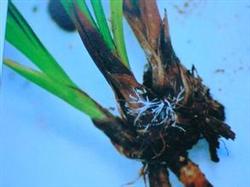
Orchid tiller rot is a bacterial disease. It mainly occurs on the tillering bud, the disease spot is water-stained mung bean at the base of the bud, and then it becomes a dark green scalded patch, which extends to the outside of the coleoptile, showing dark brown rot, and the diseased leaves are easy to pull out. Control measures: ① to control soil water content, diseased potted flowers should stop watering.
2018-07-19 -
Control methods of Orchid ants
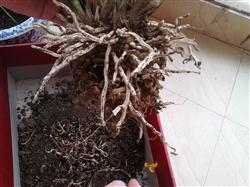
Some flower lovers who are beginners to raise orchids often do not know much about the habits of orchids and find it difficult to raise orchids well, burn their tips and pour seedlings, and there are only a few dead piles left after a year or two. Most of the reasons are caused by the rot of Langen. As the saying goes, orchids grow roots first. The roots are good, the leaves are strong, and the flowers smell good. To cultivate a pot of orchid.
2018-07-19 -
Control methods of Orchid Sclerotinia sclerotiorum (White Silk Disease)
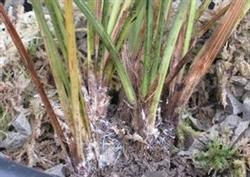
[symptoms] the disease began in the near-ground part of the orchid plant, showed wet rot in the form of water stains at first, then turned brown to black-brown rot, extended to the middle and upper part of the leaves, and became brown or grayish brown necrotic, and in severe cases, the whole leaf filaments withered and died. After a clump of bluegrass was infected, the tillers in the same basin could not be spared. Examination of the necrotic surface and soil surface of diseased plants can sometimes be seen in white.
2018-07-19 -
Spraying rare Earth solution to promote the growth of Flammulina velutipes
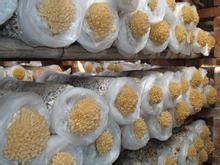
In the cultivation of Flammulina velutipes, spraying rare earth solution on the mushroom bed (culture bag) can promote the mycelium growth and improve the yield and quality of Flammulina velutipes. The specific method is: spray rare earth solution every 3 days, spray 500 milliliters per square meter of mushroom bed, and spray clear water every day to maintain relative humidity.
2018-07-19 -
Chemical control of long spot disease of Flammulina velutipes
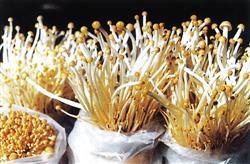
The disease is caused by Pseudomonas aeruginosa and is mainly infected with Flammulina velutipes lid, which is needle-shaped at the beginning, and then expands to the size of sesame grains. Although the edges are irregular, the disease spots can be combined with each other to form irregular rust spots. Control methods: in order to prevent the occurrence of rust spot, do not sprinkle directly to the fruiting body when sprinkling water on the mushroom room.
2018-07-19 -
Control of basal rot of Flammulina velutipes
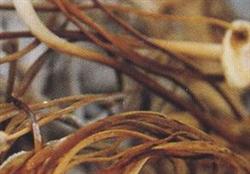
In the growth and development stage of the symptomatic fruiting body, the base of the stalk became dark brown to black erosion, and after the base eroded, the fruiting body lodged. Although the young mushroom cluster does not lodge, it can not continue to grow and develop upward. When it occurs seriously, the acicular young mushroom becomes black and eroded. Penicillium viridis, the pathogen, belongs to the subphylum Penicillium.
2018-07-19 -
How to fertilize orchids
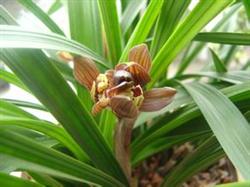
Orchids belong to Orchidaceae. They are monocotyledons and perennial herbs. 20-40 cm high, roots long tubular. Leaves clustered from stem, linear-lanceolate, slightly leathery, 2-3 pieces in a bunch. The main results are as follows: (1) the culture of orchid on the balcony is very different from the ground when the matrix is too wet or too dry. The orchid basin on the ground communicates directly with the earth.
2018-07-19 -
How to raise orchids in summer
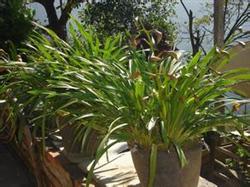
Summer is the hot season of the year, often with muggy weather of about 35 ℃. The climate is changeable. The high temperature season is an eventful time for potted orchids. A little negligence in daily management may cause unexpected harm, and orchid farmers must deal with it carefully. First, strengthen ventilation, heat prevention and cooling, high temperature.
2018-07-19 -
Small experience prescription for pollution-free control of orchid diseases and insect pests
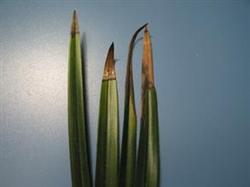
Some physiological diseases often occur in orchid cultivation, so attention should be paid to timely prevention and control. 1. Sunburn: also known as sunburn, mainly caused by strong direct sunlight in midsummer. You can use a sunshade net to ensure that there is no direct sunlight. 2, the plant is weak: due to the lack of light, the stems and leaves of the diseased orchid plant grow too long.
2018-07-19 -
Symptoms and control methods of orchid round spot disease
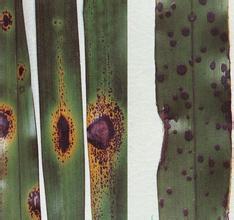
Spot disease is a common leaf disease of orchids, distributed in Fujian, Jiangsu, Zhejiang, Shanghai, Nanjing and other places. Symptoms: the disease mainly harms leaves. In the early stage, there are small brown spots on the leaves, which rapidly expand into a round color, wide, light brown in the middle, with yellow protuberances on both sides, occurring on the upper part of the leaf.
2018-07-19
